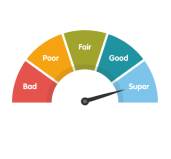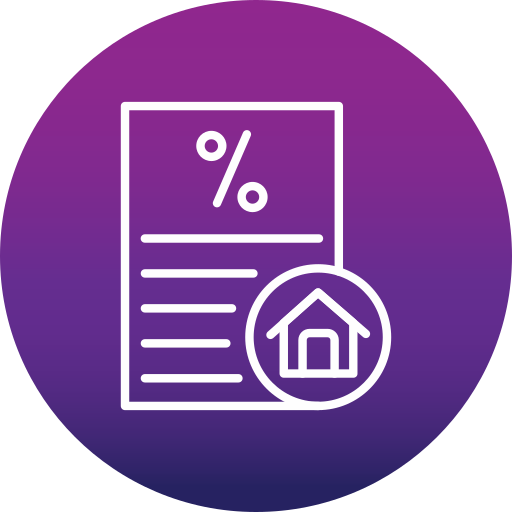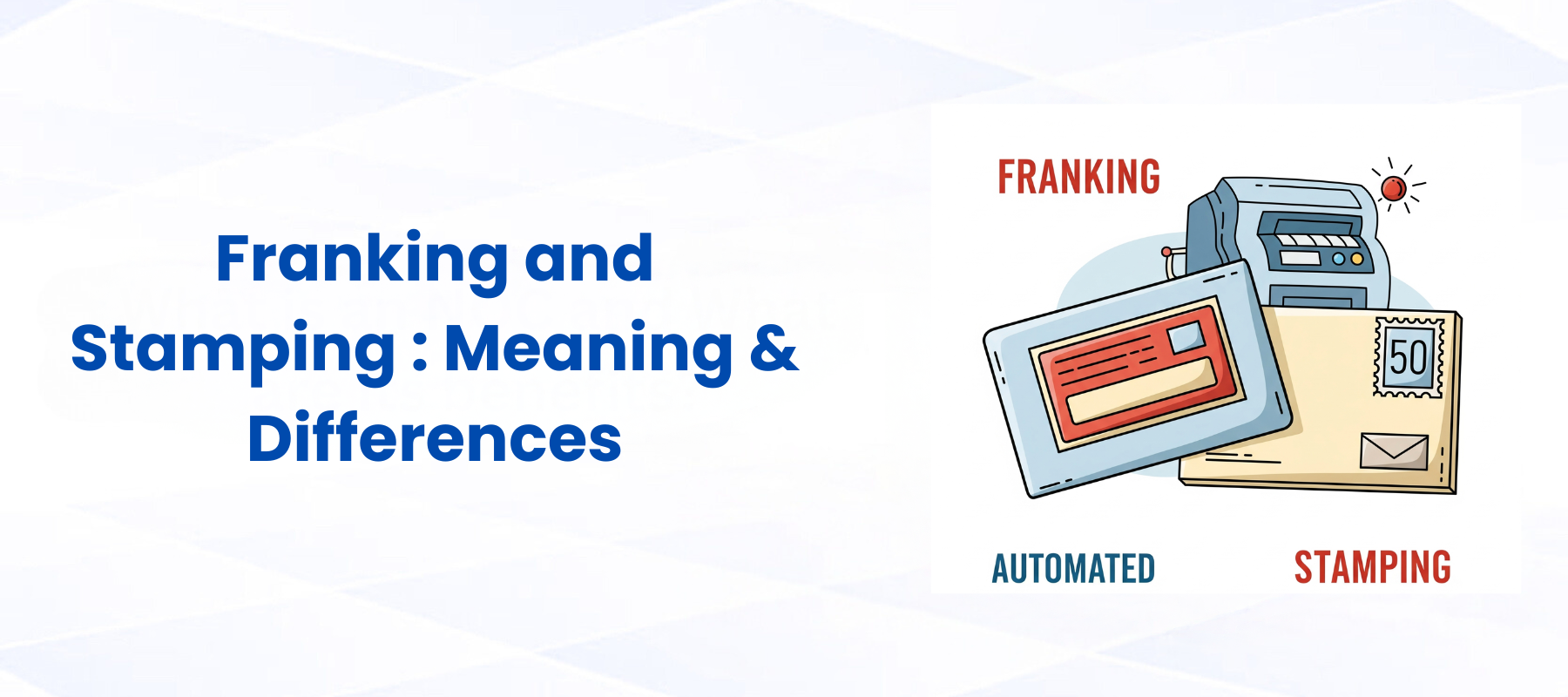Special Offers




Special Offers




20-Jun-2025 | Home Loan

When you apply for a home loan, it is necessary to have an in-depth knowledge of certain fees and charges incurred. Two of such charges that play a vital role in home loans are franking and stamping charges. Mostly, people get confuse in both these charges and therefore are unaware of their role, importance, and obligation in home loans.
In this blog, you will know how seamlessly and conveniently one can navigate the home loan process by learning about stamping and franking charges as it helps in avoiding any sort of potential pitfalls. Here, we will highlight the meaning of franking and stamping charges, their importance, and the way these charges can affect your home loan.
What are Stamping Charges?
These charges are imposed the government in the form of tax, known as stamp duty for the purpose of making the property documents legally valid. While purchasing a property, the buyer needs to pay certain charges known as stamp duty on the sale agreement. It is compulsory to pay but the percentage of charges varies from state to state. Stamping charges are calculated as per the property’s value. It is essential for all the buyers to consider the stamp duty while purchasing a property as it a significant cost and plays a crucial role.
What are Franking Charges?
These charges are primarily levied to confirm stamping charges have been paid. There is a franking machine which is used to stamp the document that indicates a stamp duty has been paid. It is a fees paid to confirm the successful completion of stamping process.
Significance of Franking and Stamping in Home Loans
When you apply for a home loan and it gets approved by the lender, there are a plenty of documents that needed to be shared, stamped, and franked, so that the validity and legality of these documents can be verified. Such documents comprise of home loan agreement, sale deed, and other legal papers.
To know the importance of stamping and franking in home loans, read the below- mentioned points:
· Legal Validation: It is a way to give a legal validation the property papers and other documents as franking and stamping make the documents legally binding. If the documents are not correctly stamped, there might have potential legal issues, also the papers might not be admissible in the court.
· Transaction Proof: Stamped and franked documents serve as proof of the transaction, protecting the interests of both the parties involved i.e. the buyer as well as the lender.
· Govt. Revenue: Stamp duty is a significant source of revenue for state governments. Paying these charges contributes to the legal and administrative infrastructure of the country.
How are Stamping and Franking Charges Calculated?
The calculation of stamping and franking charges varies based on several factors:
Location:
The rate of stamp duty varies from state to state.
Urban and rural areas may have different rates within the same state.
Property Value:
Stamp duty is usually a percentage of the property's market value or the agreement value, whichever is higher.
Franking charges are generally a fixed percentage of the stamp duty paid.
Type of Document:
Different documents attract different rates of stamp duty and franking charges.
For instance, sale agreements, loan agreements, and lease agreements have different rates.
Differences Between Stamping and Franking Charges
While both stamping and franking charges are related to validating documents, they have distinct differences:
Purpose:
Stamping charges are the actual tax paid to the government.
Franking charges are the fees paid for the service of marking the document as stamped.
Process:
Stamping involves calculating and paying the stamp duty directly to the government.
Franking involves using a franking machine at an authorized bank or post office to imprint the stamp on the document.
Payment:
Stamp duty is a one-time tax payment based on the property's value.
Franking charges are typically a small percentage of the stamp duty and are paid to the service provider (bank or post office) for the franking process.
Steps Involved in Stamping and Franking
Understanding the steps involved in stamping and franking can help streamline the process:
Stamping:
Calculate the stamp duty based on the property's value and the state's rate.
Pay the stamp duty online or at an authorized center.
Obtain a receipt or e-stamp as proof of payment.
Franking:
Take the stamped document to an authorized bank or post office with a franking facility.
Pay the franking charges, usually a nominal percentage of the stamp duty.
The franking machine will imprint the stamp on the document, indicating that the stamp duty has been paid.
Why Stamping and Franking are Essential for Home Loans
For home loans, stamping and franking charges are not just formalities; they play a crucial role in ensuring the legality and authenticity of the transaction. Here’s why they are essential:
Loan Agreement Validation:
The loan agreement between the borrower and the lender needs to be stamped and franked to be legally binding.
This ensures that the lender has legal recourse in case of a default.
Property Transfer:
The sale agreement must be stamped and franked to legally transfer the property from the seller to the buyer.
This protects the buyer’s ownership rights and ensures the transaction is recognized by law.
Mortgage Registration:
The mortgage deed, which secures the lender’s interest in the property, needs to be stamped and franked.
This is crucial for the lender to enforce the mortgage in case of non-repayment.
Conclusion
Understanding the difference between stamping and franking charges is essential for anyone taking out a home loan. These charges, though sometimes seen as mere formalities, play a critical role in validating legal documents, ensuring smooth property transactions, and securing both the buyer's and lender's interests. As you navigate the home loan process, being aware of these charges will help you avoid potential legal issues and ensure a smoother experience. Always check the specific rates and requirements for your state and consult with legal and financial experts to ensure compliance with all regulations.
Incorporating the knowledge of stamping and franking charges into your home loan planning can save you from unexpected expenses and legal hassles, ensuring a secure and hassle-free home-buying journey.
By understanding these concepts and how they apply to home loans, you can make more informed decisions and avoid common pitfalls. This comprehensive guide provides a solid foundation for navigating the complexities of stamping and franking charges.